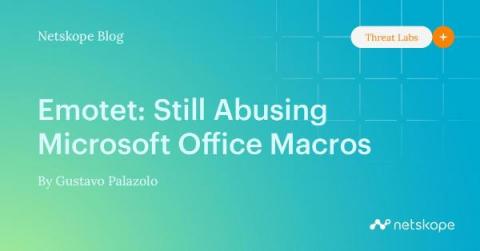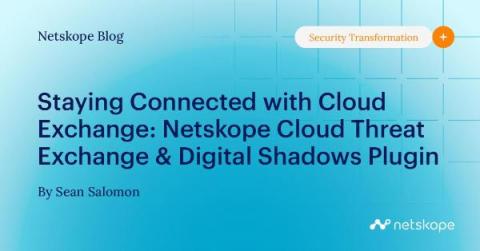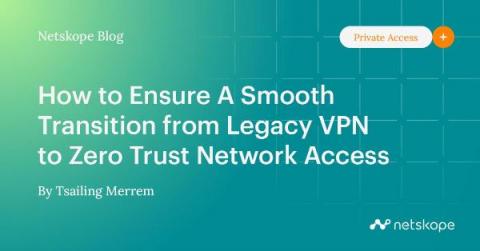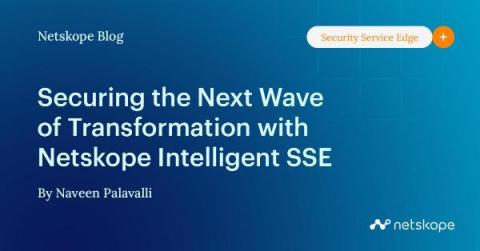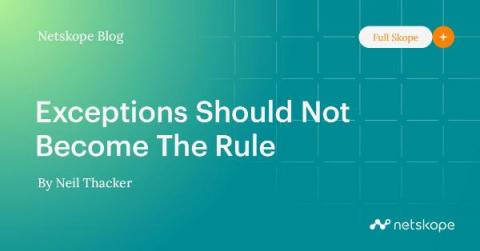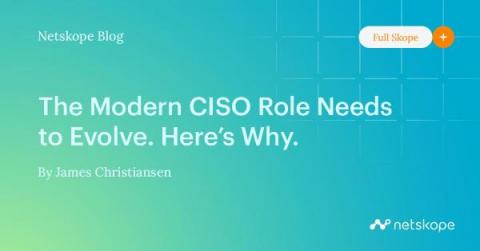Breaking Down the 2022 Verizon Data Breach Investigations Report (DBIR)
Every year Verizon releases the Data Breach Investigations Report (DBIR), covering some of the biggest trends in data breaches across industries, highlighting the common causes for breaches as well as trendy attack vectors. And every year, when it is released, my inbox is immediately hit with questions from colleagues and customers asking how Netskope can mitigate each of the issues raised. So this year I thought I would share my analysis more widely.



